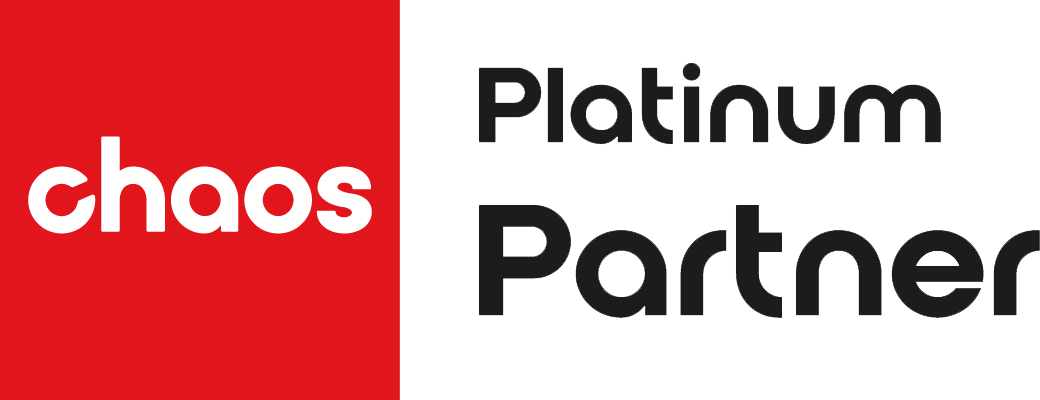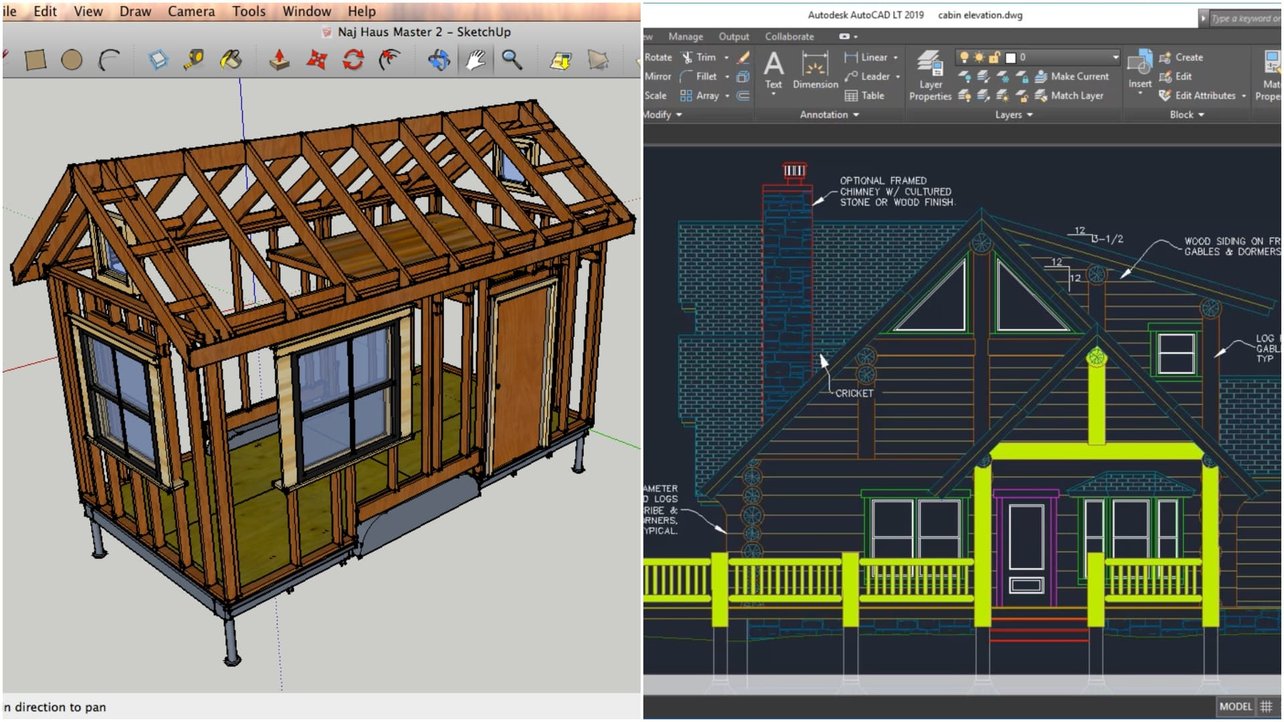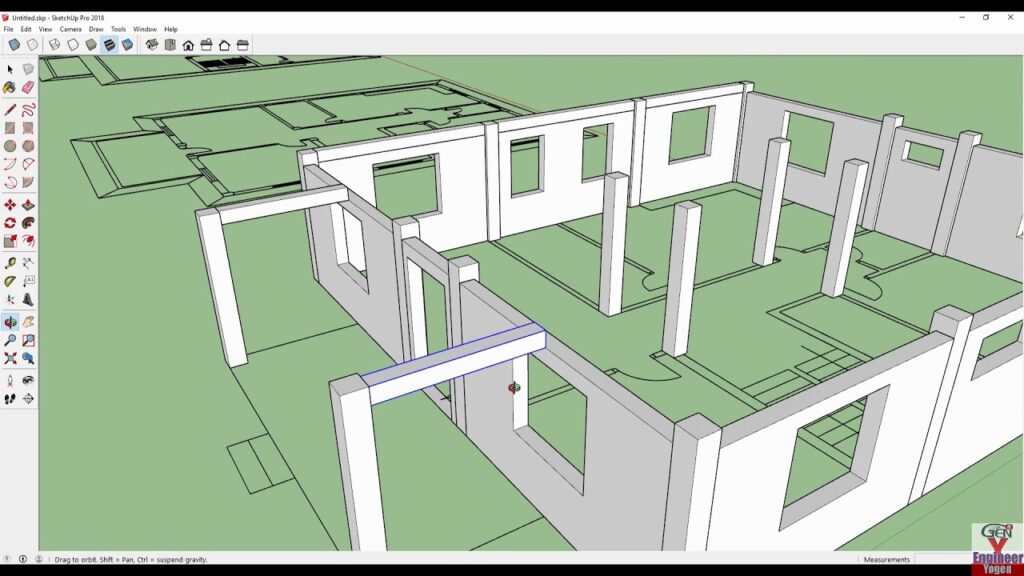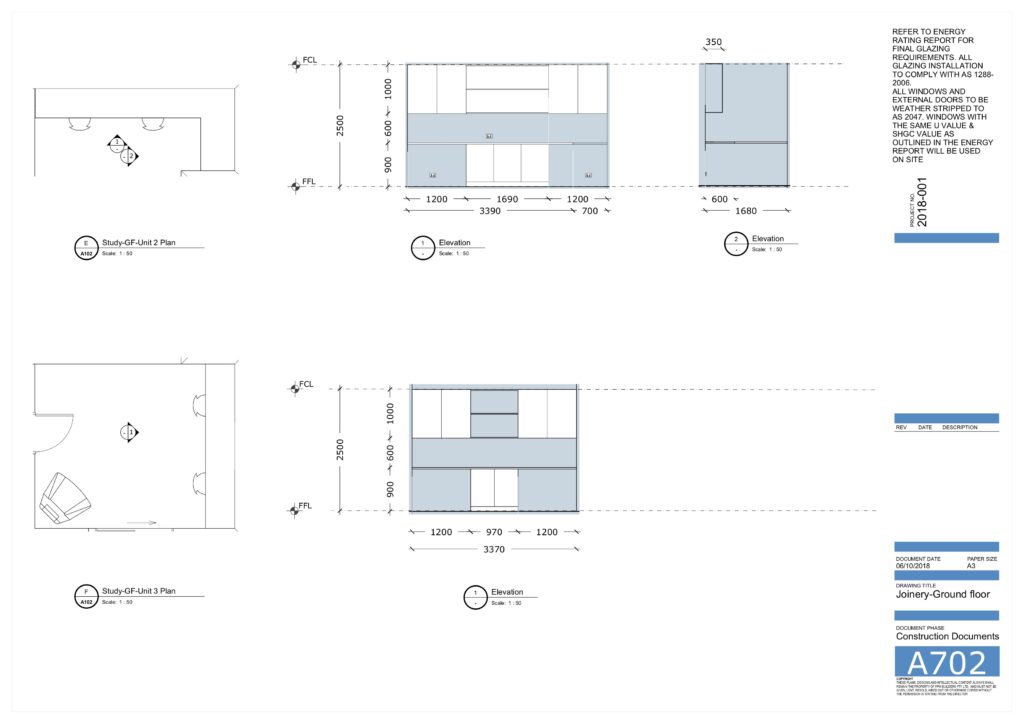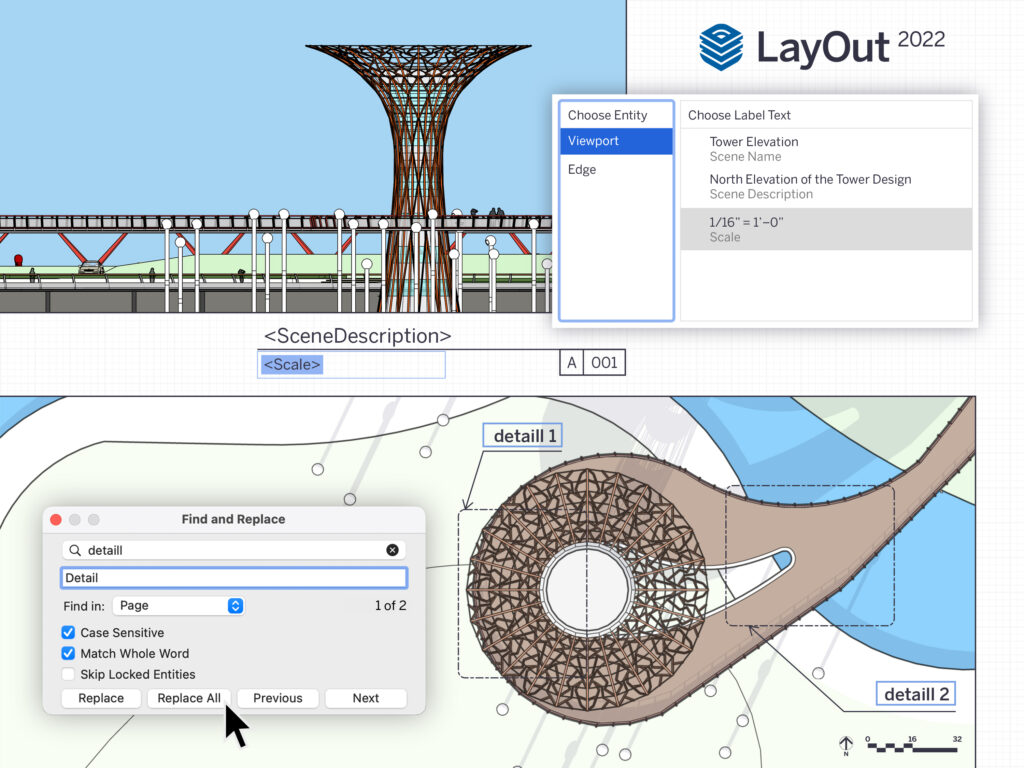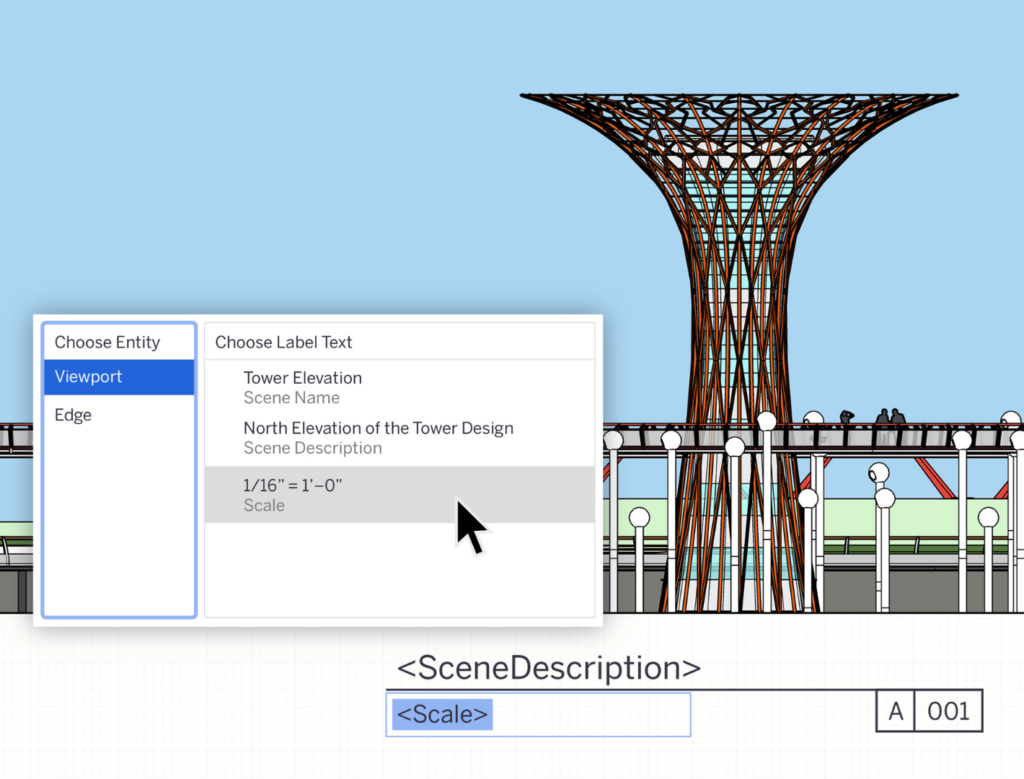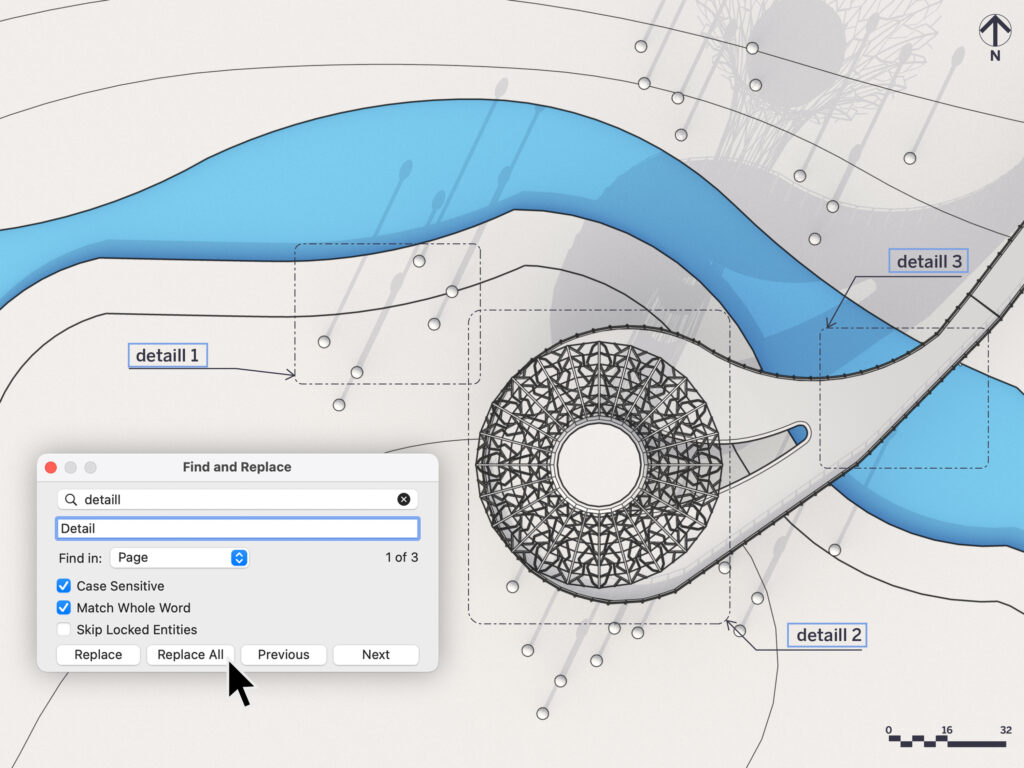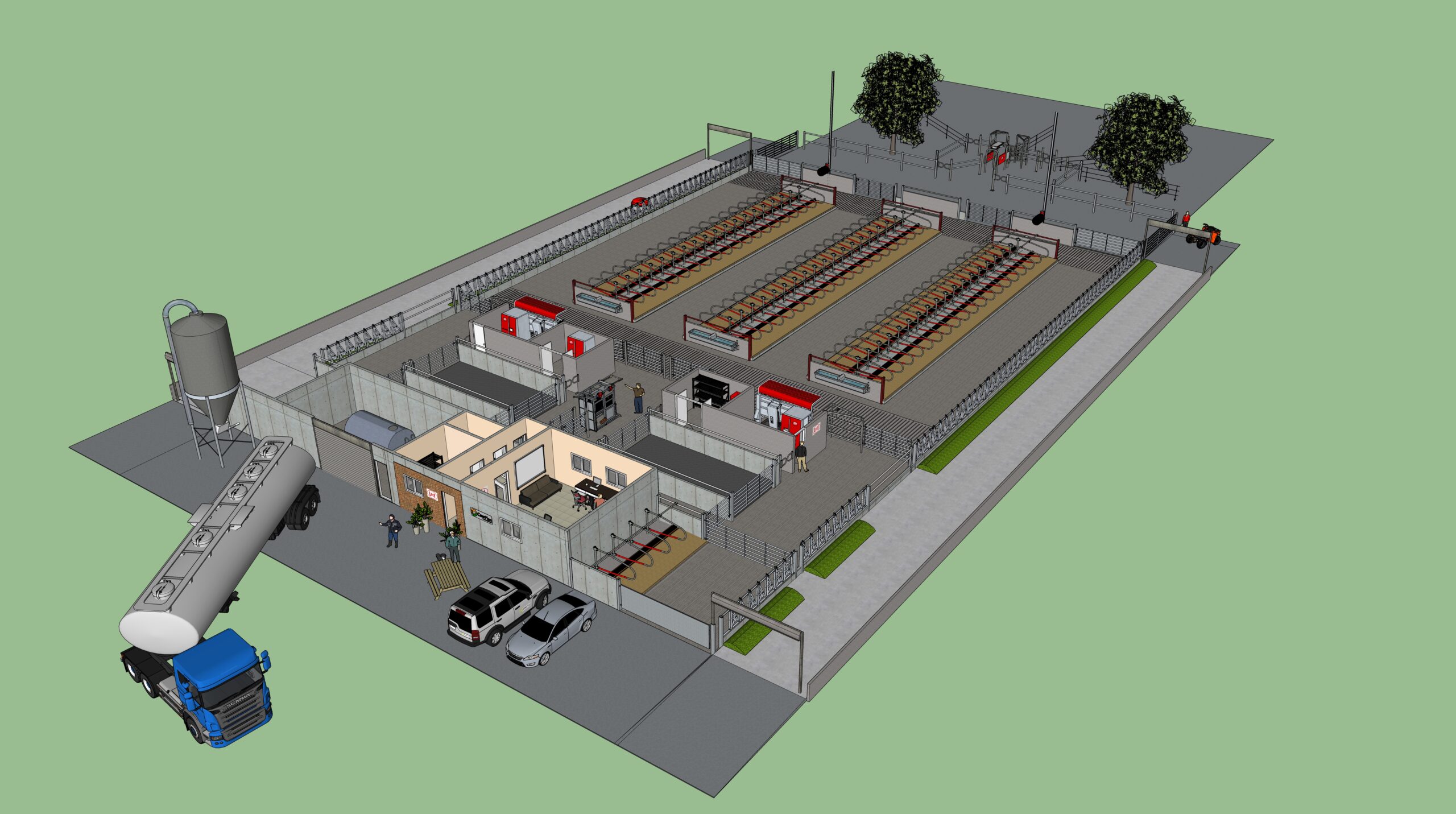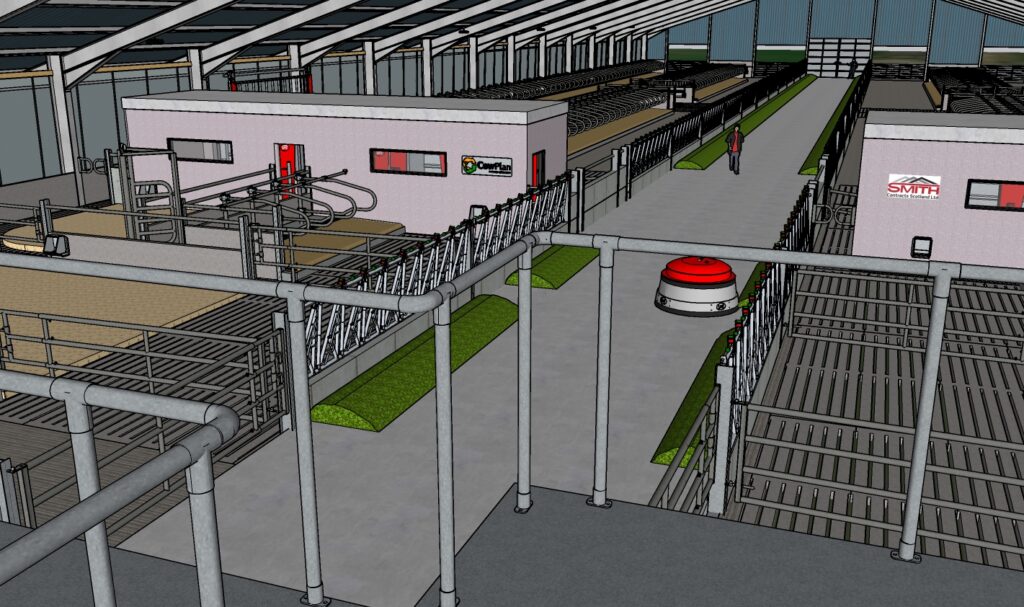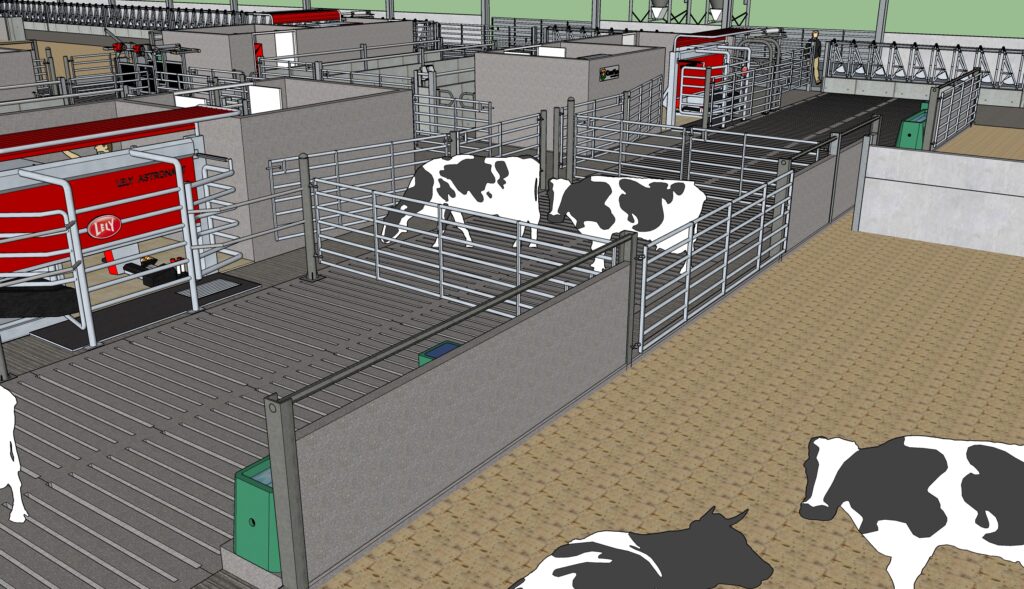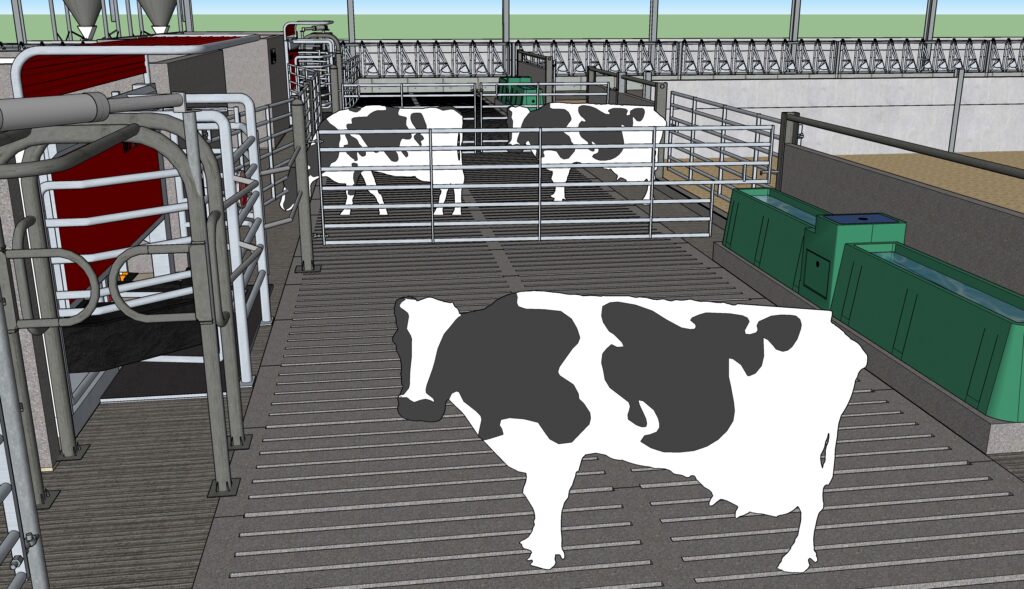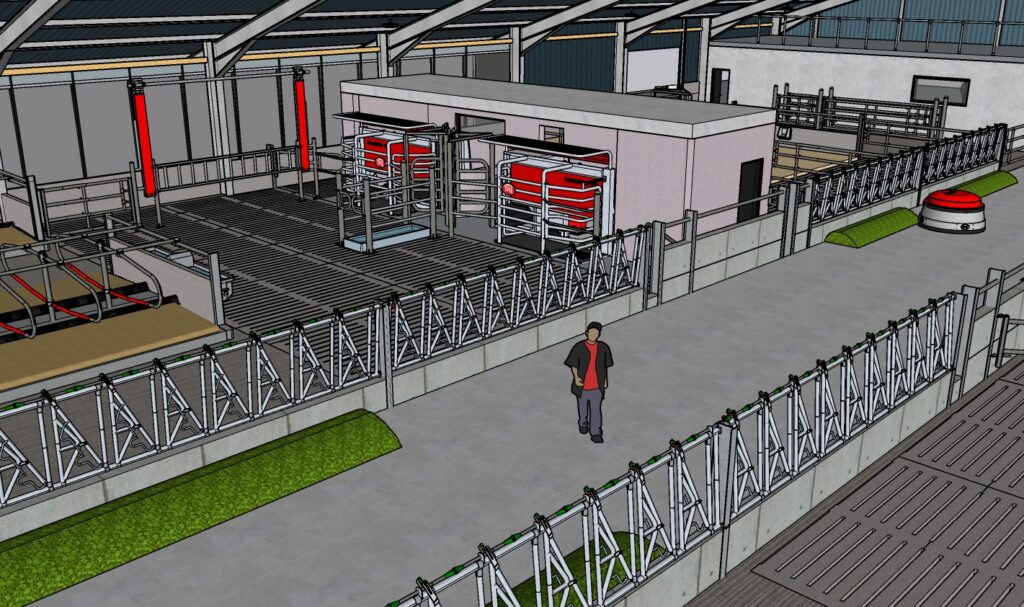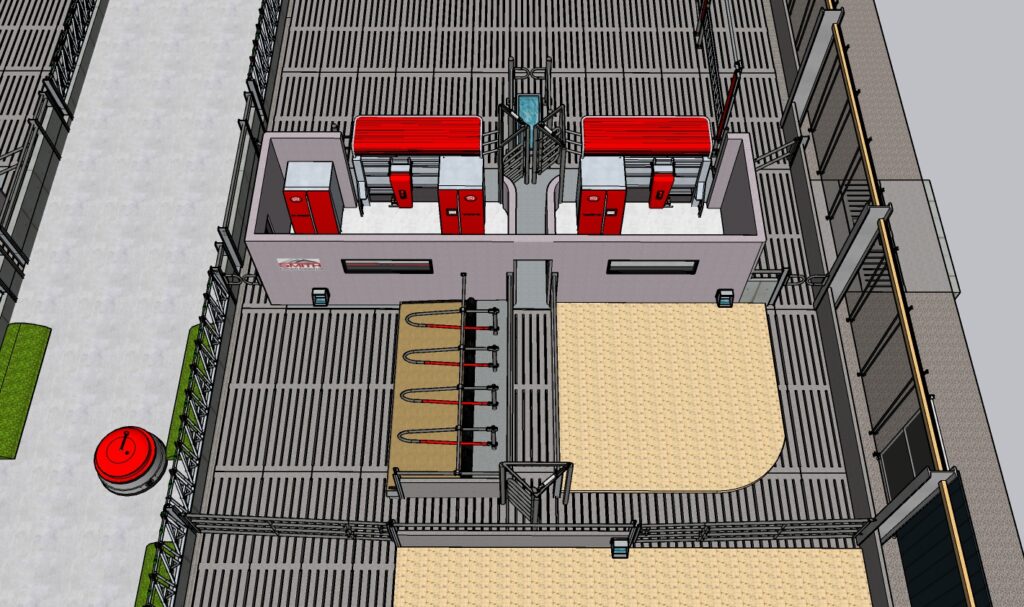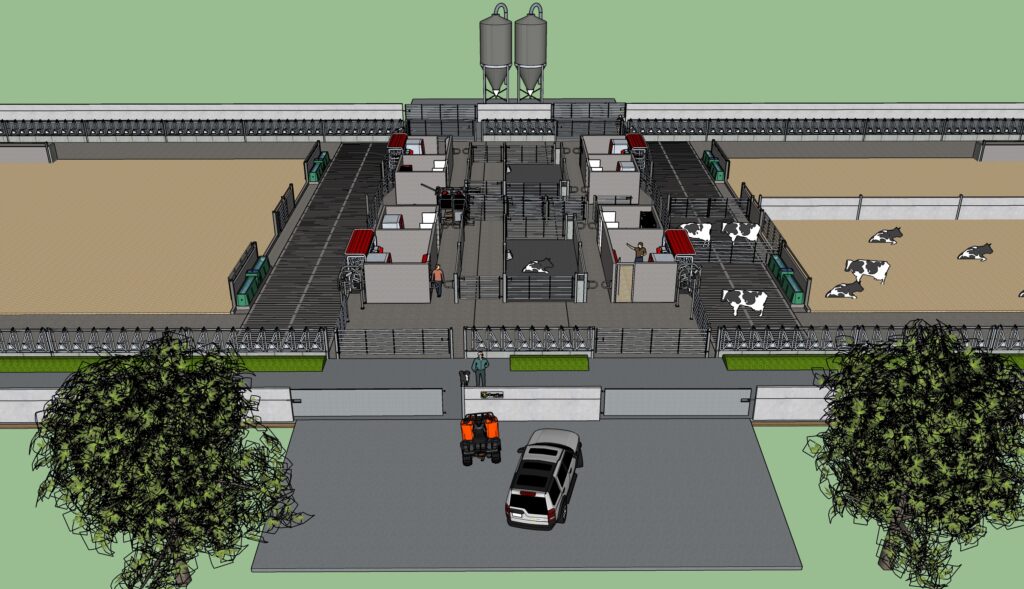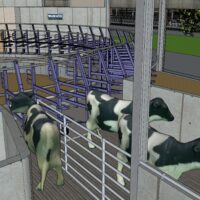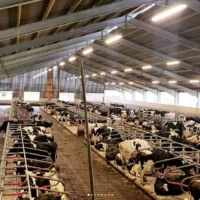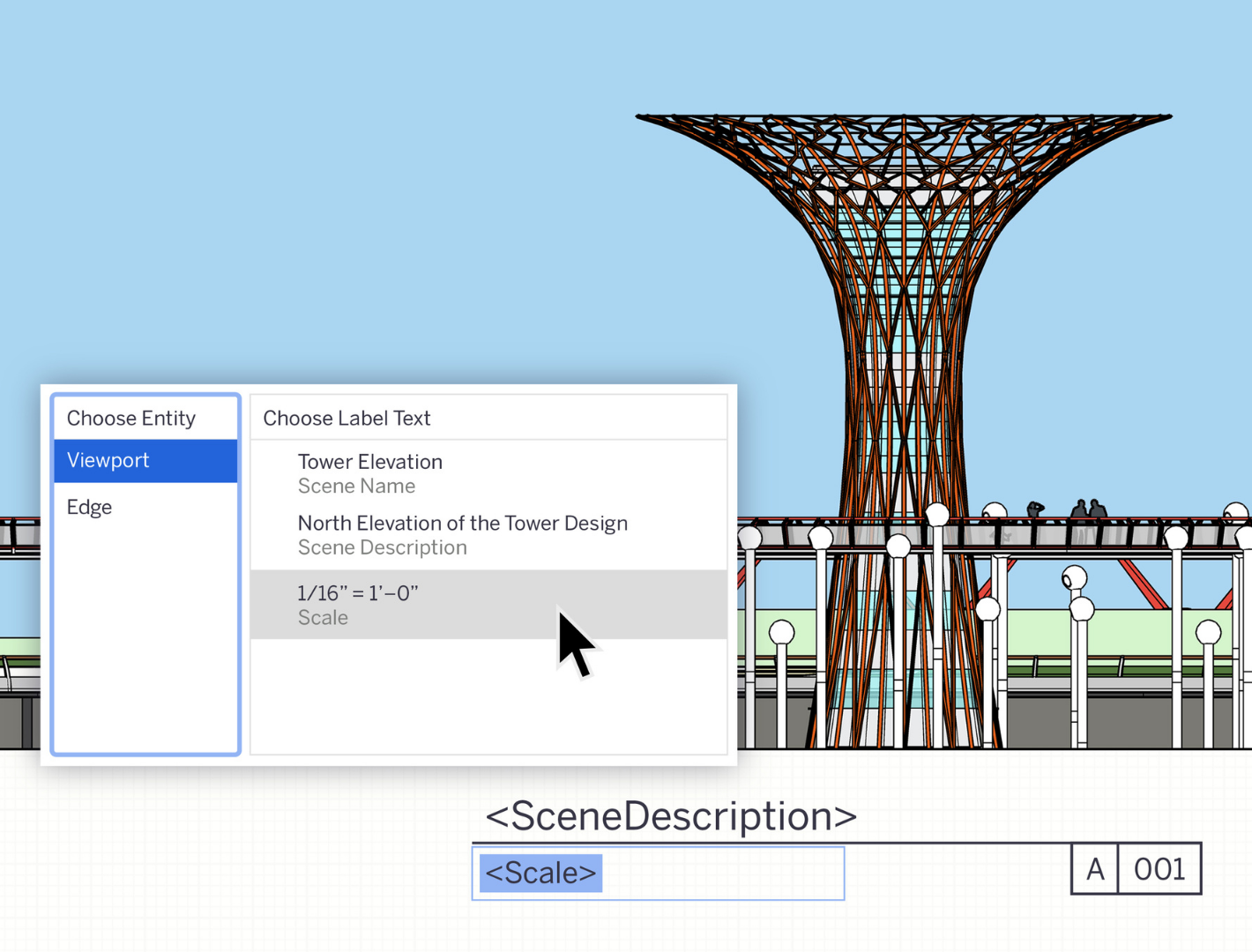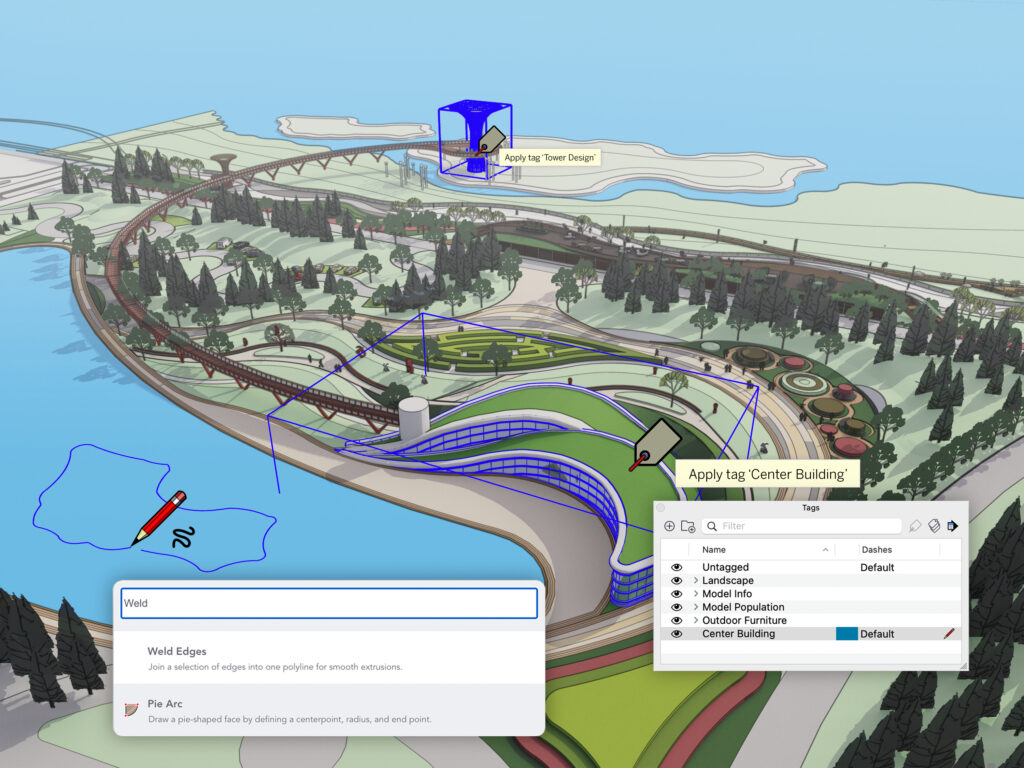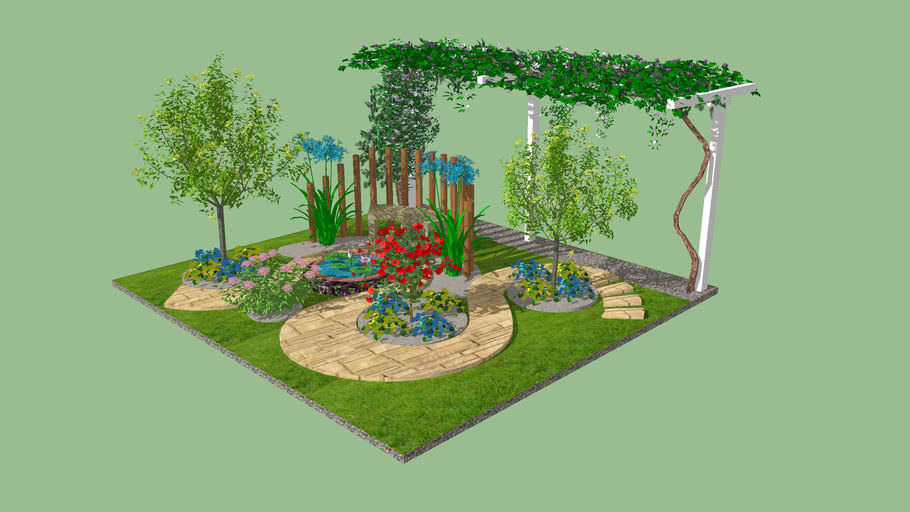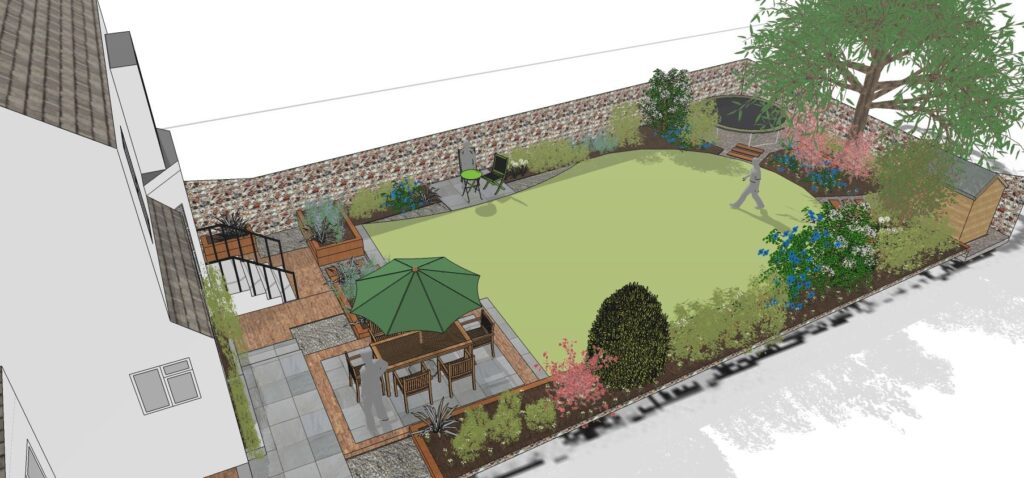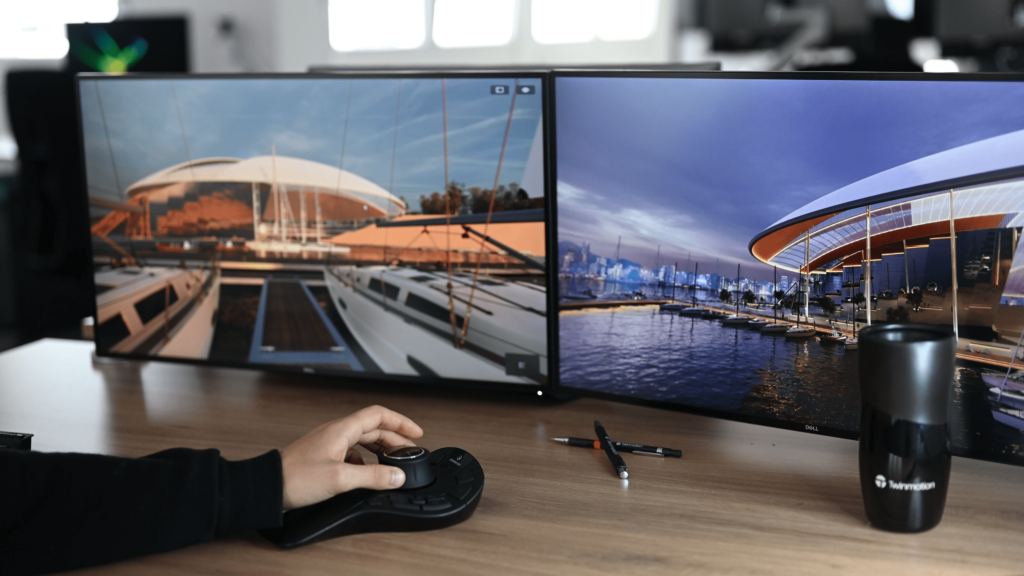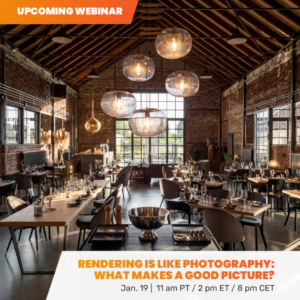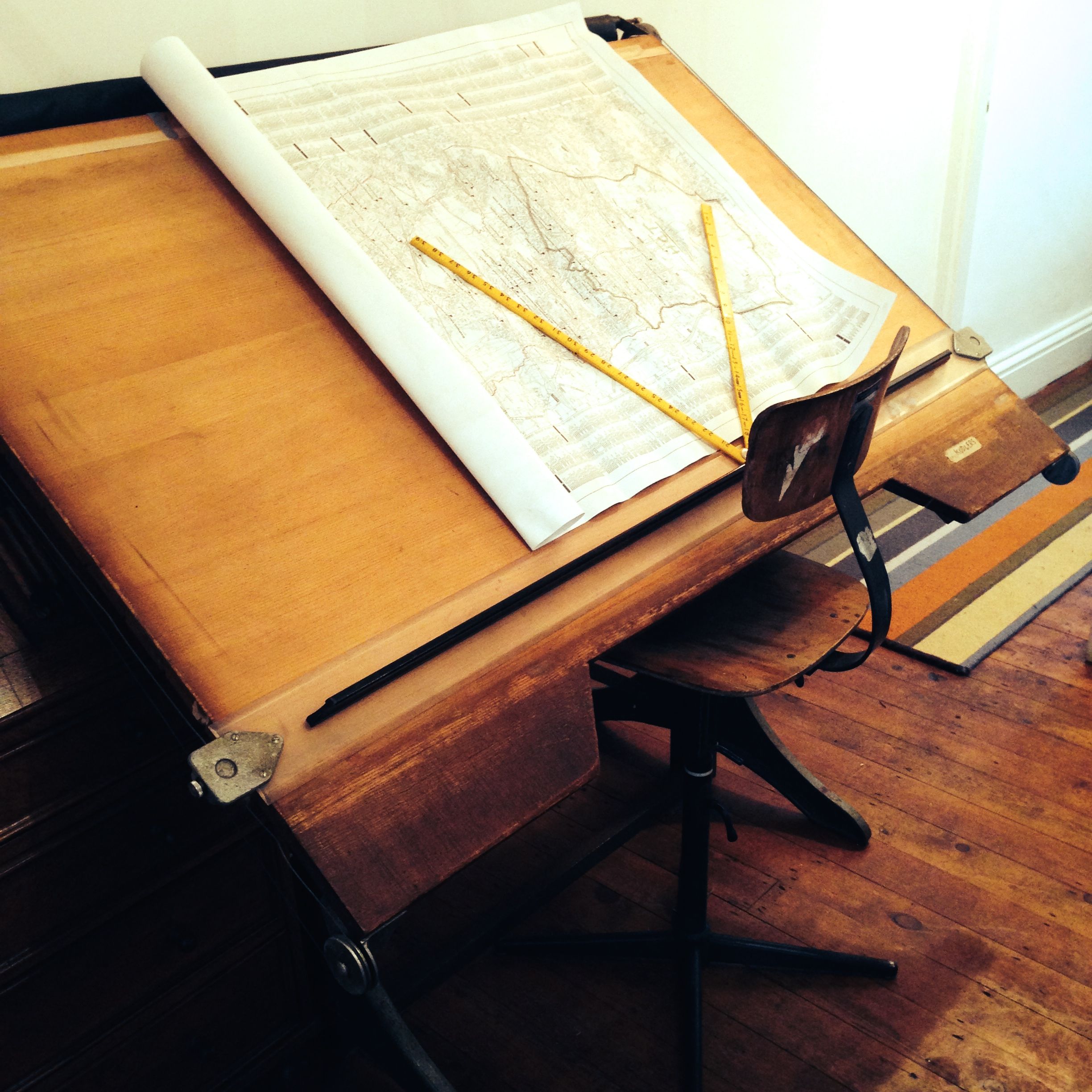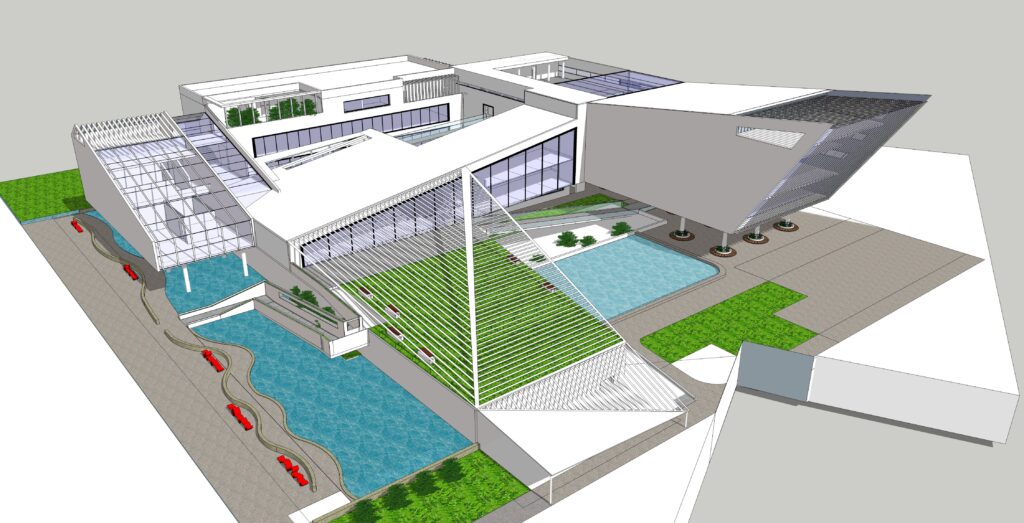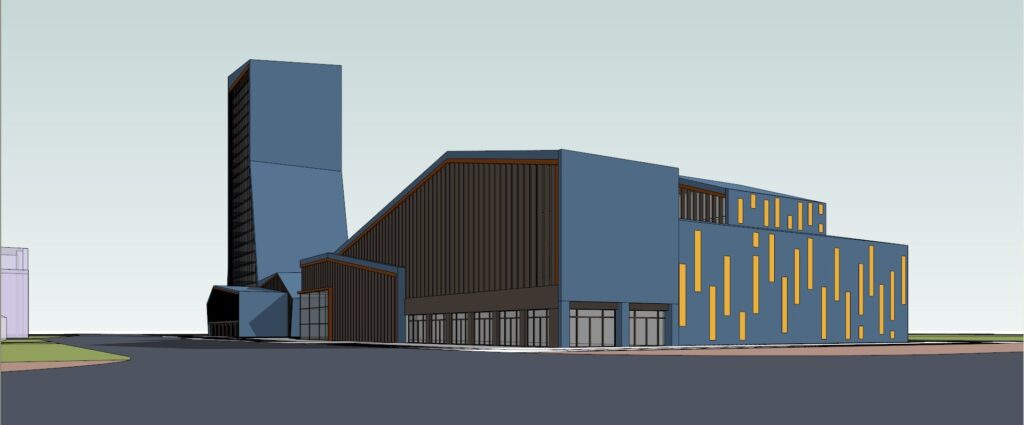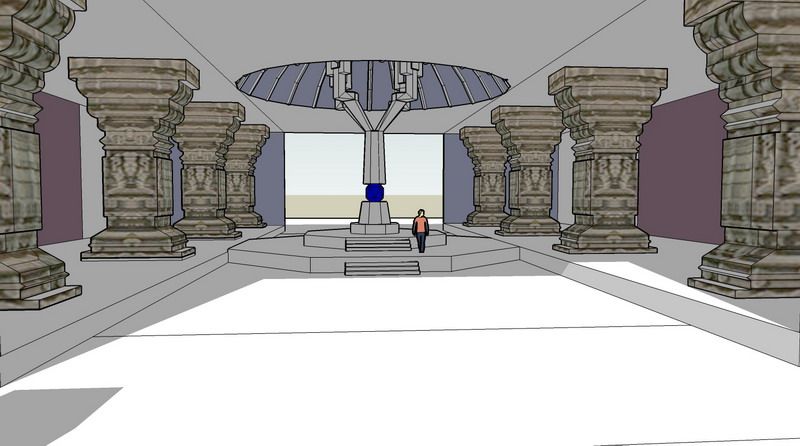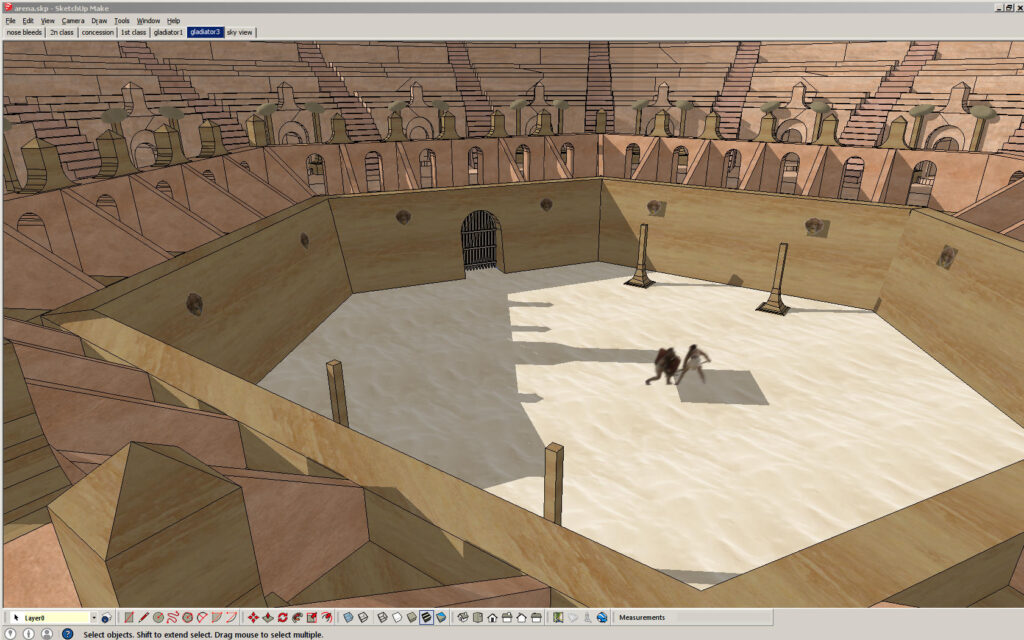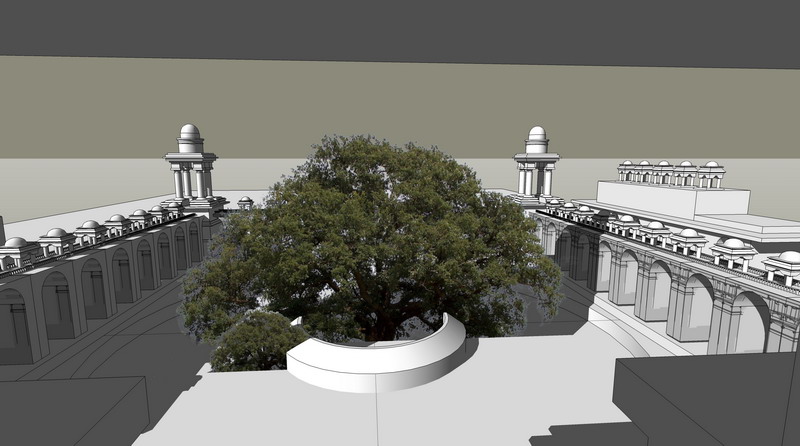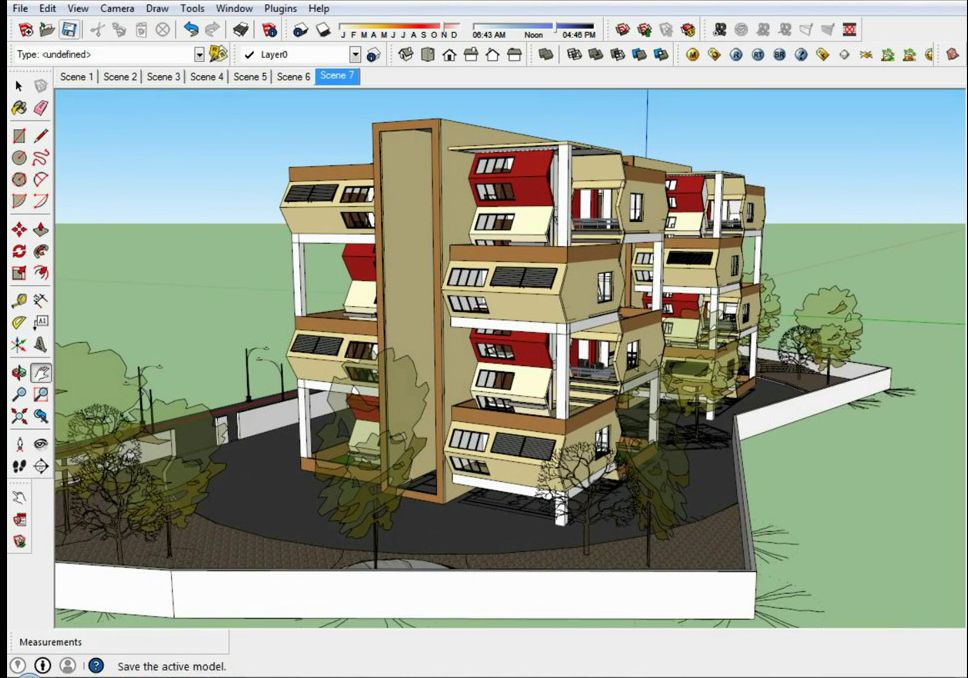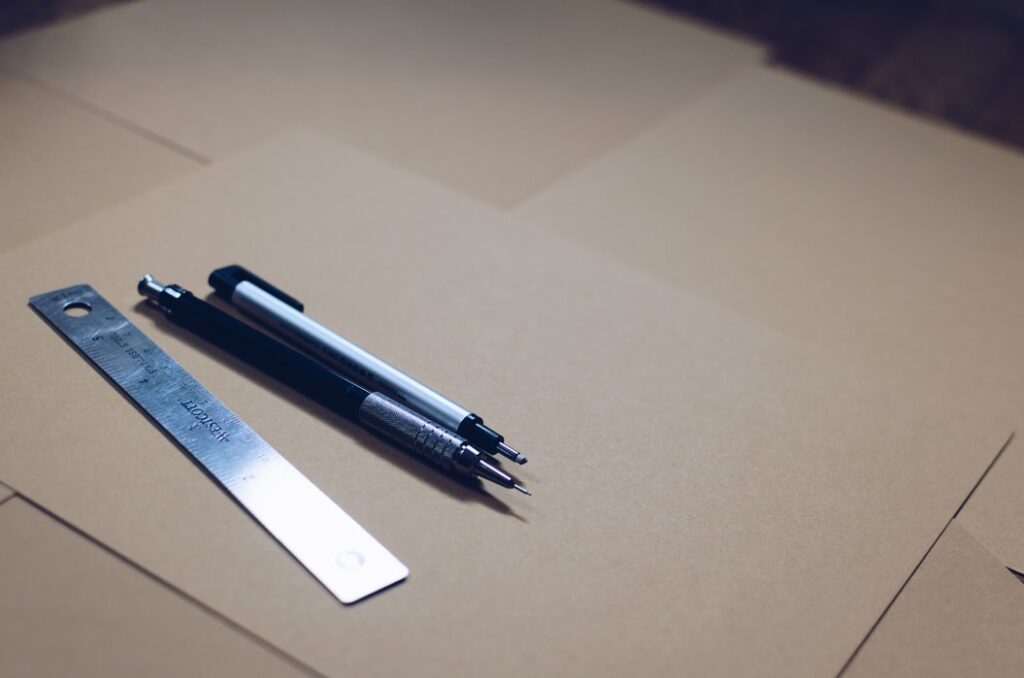
Autocad or Sketchup? If you’re wondering which is the best for your project, your team, your company, your college or yourself, how do you make the right decision? The only way is to go compare, and that’s exactly what this article will do. Is Sketchup better than AutoCAD? When the tricky question of Sketchup or Autocad raises its head, read on to find out the similarities, the differences, and everything else you need to know about two of the planet’s best loved computer aided 2d and 3d drawing software tools.
What is Autocad Used For?
Autocad is an original. It dates way back to the early ‘80s when nobody had a computer on their desk at home, very few of us used one at work, and plenty of us didn’t even know there was such a thing as a computer in the first place. It’s hard to imagine a world like that, but easy to picture how revolutionary Autocad was.
In 1982 Autodesk, the parent of Autocad, released the first version of Autocad. And it totally revolutionised the CAD industry. Originally designed to operate in 2d and the darling of mechanical engineers the world over, these days Autocad is recognised as the standard against which other CAD packages are compared. As you can imagine there are a great many versions to choose from.
- AutoCAD classic – Generic AutoCAD for all 2D and 3D design projects.
- AutoCAD Mechanical – Mechanical toolset for ‘design for manufacturing’.
- AutoCAD Architecture – Toolset for the architectural design industry.
- AutoCAD electrical – Electrical design tool set.
- AutoCAD MEP – MEP – mechanical, electrical and plumbing building systems.
- AutoCAD Plant 3D – Piping and instrumentation diagrams.
The sheer variety of Autocad tool sets demonstrates the breadth of Autocad applicability. There’s also an entry-level ‘lite’ version called Autocad LT, and there’s a free but limited edition exclusively for students.

What is Sketchup Used For?
Here are some more AutoCAD 3d vs Sketchup facts. In comparison to Autocad, Sketchup is relatively new. Developed in 2000, originally as an all purpose 3D design tool, it quickly extended its functionality and scope to cover a huge variety of different uses and sectors. Today, Sketchup is used for all this and more:
- Civil engineering design
- Architectural design
- Landscaping
- Garden design
- Interior design
- Office design
- Mechanical design
- Product design
- Video game design
- Education
- Furniture design
- Creating 3d models of every imaginable object, from pot plants to park benches, ergonomic chairs to light fixtures
Is Sketchup compatible with Autocad? It’s good to know you can easily import Autocad files into Sketchup.
Autocad vs Sketchup - Price Comparison
Which is better, Sketchup or Autocad? There’s certainly a dramatic price difference. So how much do the different programs cost? The pricing for AutoCAD is straightforward:
- Monthly: $246
- Annually: $1986
- 3-Year: $5658
Pricing for SketchUp is a little more complicated because there are several different levels of service:
- SketchUp Education: £44/year
- SketchUp Pro: £235/year
- SketchUp Studio: £549/year
It’s free to get started with Sketchup is free – but not with Autocad, unless you qualify for the limited free student version. And there’s a stark difference between the annual cost of the two tools, with an annual Sketchup Pro price of £235 and annual Autocad fees of $1968.
Differences Between Sketchup and Autocad
Now let’s dive deeper into the differences between Sketchup Pro vs Autocad. First, the user interface. Sketchup is famously simple and intuitive, providing clear tool icons and handy shortcut keys. Autocad provides more ways to use the facilities and tools via menus, tool icons, shortcut keys and the command line.
Both platforms are compatible with a wide range of relevant file types – but Autocad supports more file types. Check the details out to see which program offers the file type you use.
As we’ve revealed, Sketchup has a more flexible, affordable pricing structure. And while AutoCAD is recognised as a CAD platform, Sketchup is a 3D design package with great CAD capabilities.
Sketchup is recognised for its ease of use. It’s also remarkably easy to learn, with a simple-to-navigate learning curve. AutoCAD can take a lot more effort to learn.
AutoCAD requires a more powerful computer platform, a minimum of 8 to 16 GB of memory whereas Sketchup requires just 4. And AutoCAD requires 7GB of free disk space whereas Sketchup requires just 500MB.
Sketchup offers the 3D warehouse, a massive resource of free 3d images and objects to download, play with and use in your designs.
On the whole Sketchup is widely recognised as more geared toward 3D modeling than AutoCAD. AutoCAD, in contrast, is a 2D CAD package with 3D capabilities.
AutoCAD vs SketchUp
Is Sketchup better than Autocad? They’re just different. Now you’re clear about the differences. Which tool will become your best design friend? Maybe you’ll choose to use both, flipping between them depending on your project. If you’d like to try the brilliant Pro version of Sketchup FREE for 3 days, click here to download it. You can also test drive the dazzlingly good v-ray for Sketchup rendering free trial, for hyper-real 3d imagery that’ll blow your mind. And there are countless great learning resources and tutorials to explore.


